Let’s get real, not everyone enjoys working out in public spaces. In addition, schedule conflicts may make commutes difficult for some people. These two situations can make it hard to stay active. The best way to commit to an exercise regimen is to develop a routine that can fit into your schedule. While some exercises can be difficult to do at home, the versatility of Pilates can make exercising your new habit. If you’re holding on to a gym membership but have never had the chance to step foot in the gym, Pilates at home has you covered.
Many people worry about acquiring results with home workouts. However, you can still have effective workout sessions in the comfort of your home. There are pros and cons of working out in public spaces or working out at home. The important thing is to discover whether one or both work for your fitness journey. Nevertheless, those who have gym anxiety, looking to be comfortable with a routine first, or simply prefer home settings can try home workouts. Follow these tips to master Pilates at home.
But first, what is Pilates?
Pilates helps the body in various ways and caters to different levels of fitness, whether beginner, intermediate, or advanced. It involves a range of movements with a focus on core strengthening. In addition, Pilates incorporates stability, precision, and mobility into different exercise techniques.
Pilates is a type of exercise that involves intentional movements to improve flexibility, body awareness, and strength. It is an adaptable exercise form that many individuals can practice due to the different styles it offers. There are various types of Pilates that you may learn about. Some well-known types are classical Pilates, reformer Pilates, Winsor Pilates, and mat Pilates. The way you perform these exercises vary, but the principles of Pilates workouts still apply to each workout style. The key to each exercise rests in the controlled movements centered on core strength, fluidity, and breathing patterns.
Tips For Your Pilates Routine at Home
There are different instructor-led classes offered on streaming platforms that can be useful for Pilates at home. Additionally, there are also Pilates at-home free videos on social media platforms, such as YouTube. You can also find interactive classes that can be done at home. The choice is yours and is also based on your personal preference.
Start with the beginner series
Mat work is a common type of Pilates workout done at home because it usually only requires a mat. A Pilates mat is thicker and provides more support compared to a yoga mat. Therefore, invest in a mat that gives the best comfort possible. You can also start with bed Pilates while shopping for the mat that best suits your needs.
Pilates is described as a low-impact workout, but don’t underestimate the burn you’ll get from it. There is no rush, so choosing Pilates at home for beginners is a great start. It will introduce you to the basics and the core elements needed for different Pilates exercises. With a beginner Pilates at-home series, you’ll get acquainted with proper form, and breathing techniques, which are key to preventing injury and acquiring results.
Find a suitable location in your home
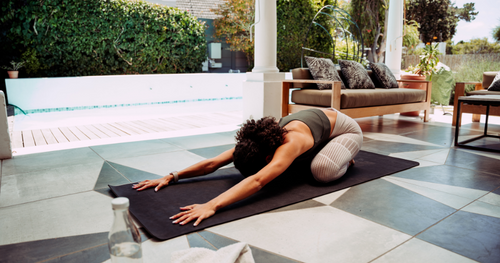
Location is a fundamental aspect of a workout routine. You can create an area in your home dedicated to your workouts. Although you are at home, you should still be serious about your routine. The location you choose should be free of distractions, so the focus is mainly on mastering your Pilates techniques. Consider moving the mat to your balcony or backyard to introduce some sunlight or experience nature while working out.
Be patient with yourself
Starting a new exercise routine requires time and patience. It may take you some time to adjust, so learn to enjoy the process. You may not be able to finish Pilates at-home workouts the first few times. Moreover, you may not grasp the techniques fully when you begin. It is important to be patient with your process while you learn, as taking the time will help with efficiency long-term.
It is also okay to modify your exercise even if you’re doing Pilates for beginners at home. Don’t feel as if you must completely master the beginner series, as it can also be challenging. To prevent yourself from getting discouraged, define what you’re trying to achieve by starting Pilates.
Build a schedule
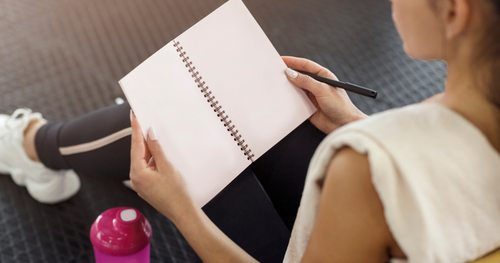
Planning helps with consistency and can be a great tool for your workout routine. Each week can look different for you; therefore, use a planner to make sure you are staying active. Besides a planner, a fitness journal can also help you stay organized with your workout. To make an efficient workout schedule, establish workout days, active recovery days, and full rest days. In addition, it helps to determine the body parts you wish to target on your workout days and the duration of each workout. For instance, you may decide to do upper body on Mondays and lower body on Wednesdays, and so forth.
Have fun with your routine
Music can add motivation and can also relax you during your workouts. Most online-led classes incorporate music into the workout routine. While this is great, it may not be your music style, or you may want to listen to something new after a while. You can create your playlist before working out, so you can sing along or just vibe while performing your Pilates moves at home. In addition, music can act as a distraction from the in-workout muscle pain you experience due to the buildup of lactic acid.
Slowly incorporate equipment
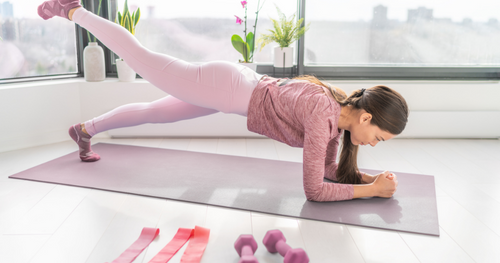
Bodyweight exercises target multiple muscle groups at once, making them extremely effective. It is challenging and yields result without adding other forms of resistance. Bodyweight resistance exercises also help you achieve proper form and alignment as your thoughts are focused on engaging your body during the routine.
Pilates gives you the freedom of doing bodyweight exercises or adding Pilates at-home equipment. Getting out of your comfort zone can help you challenge yourself more during your workouts. After getting the hang of Pilates movements, you can start adding Pilates home props for further resistance. This does not mean that bodyweight exercise alone isn’t effective. On the contrary, bodyweight does not require assistance from equipment, which can force you to engage your core even more.
Have a relationship with your routine
Building a lasting relationship with your workout routine can help you keep your healthy habits. Identify your workout goals, whether it is toning, weight gain, or weight loss. In addition, determine other things you’re gaining beyond the physical. If you are only looking at working out to get to a certain physical goal, then it will be harder to maintain that relationship long-term. There are so much more than the physical changes you will notice from your hard work.
How do your Pilates workout at-home routine make you feel? Make sure you’re listening to your body and checking in with yourself by using journals, for example. Be accommodating with your exercise routine and learn to accept change. For instance, pushing yourself to work out on your full rest days because you want to achieve a physical goal faster does not demonstrate a healthy relationship with your exercise routine. Assess your needs and adjust for your physical and psychological self-care.
Try a few different things
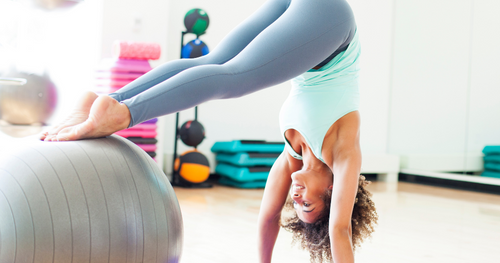
The first Pilates course you may try may not be something you enjoy. Don’t feel guilty about trying it with a different instructor or trying other styles of exercise at home. Besides mat Pilates, there are also online Pilates barre workouts that can be done with a stable chair at home. You’re also getting to know yourself by trying a different type of exercise, so allow yourself to explore and find something that resonates with you.

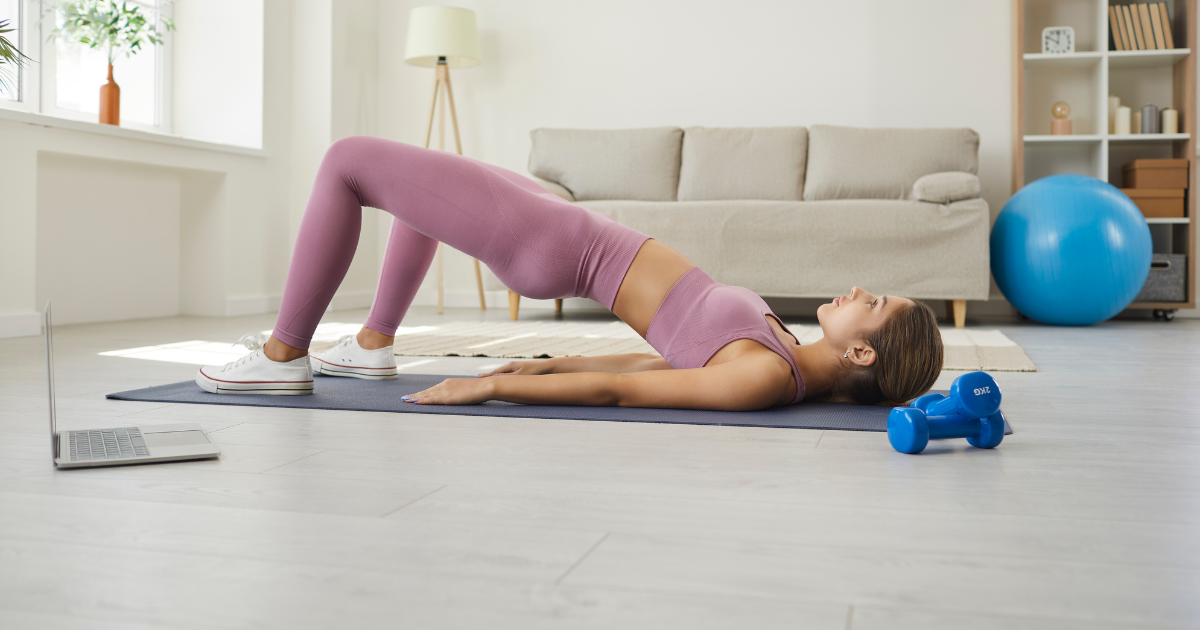

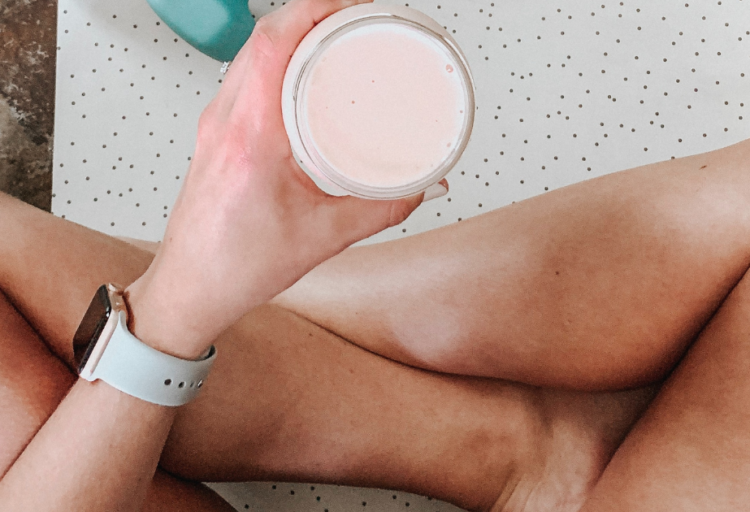
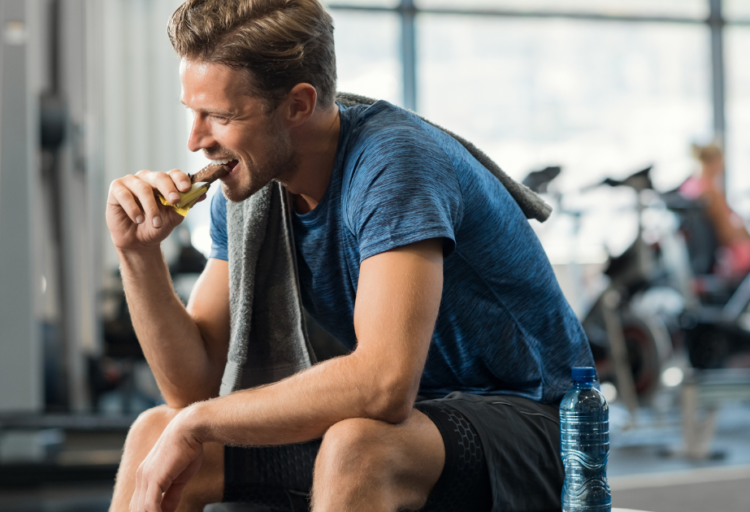
Leave a Reply